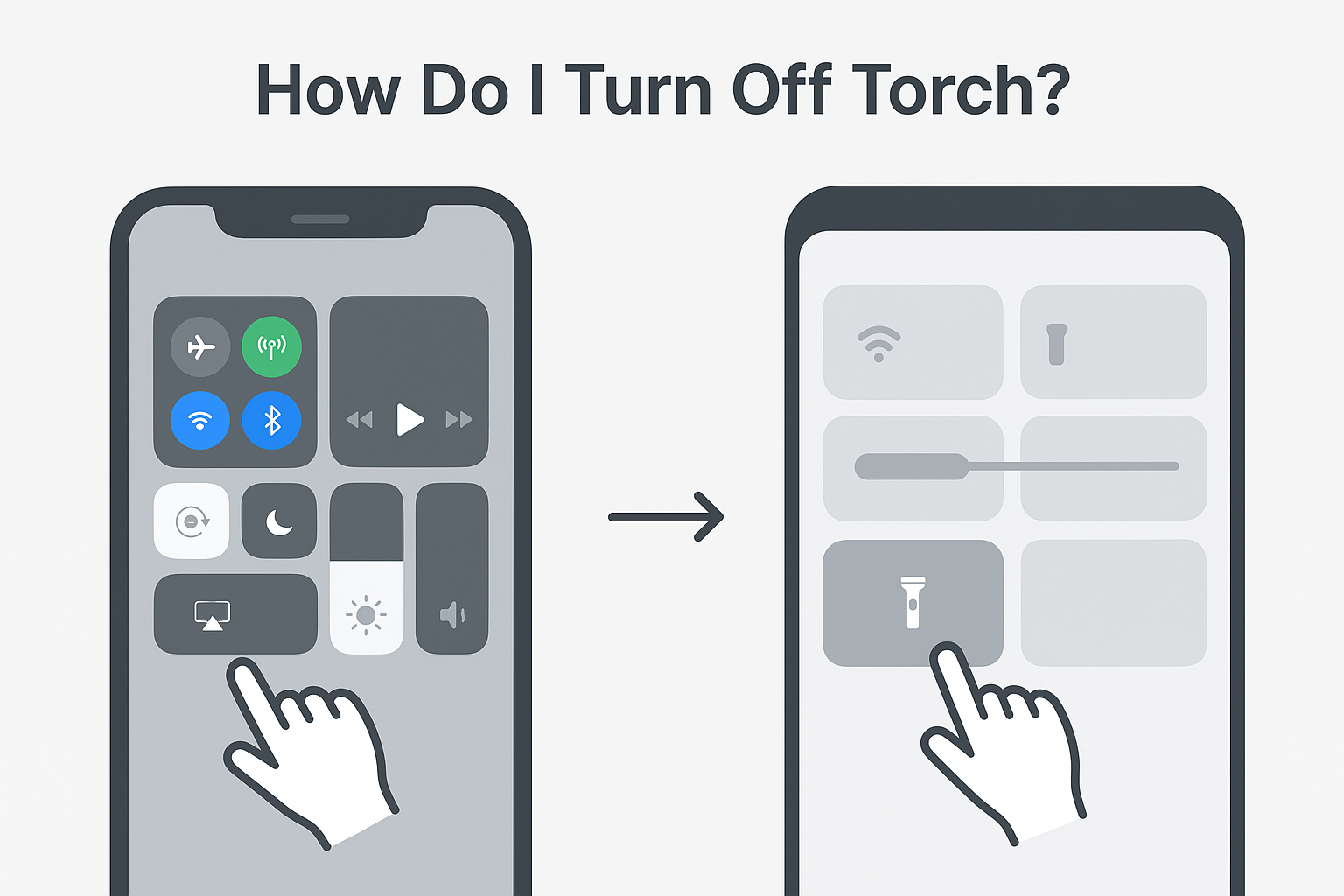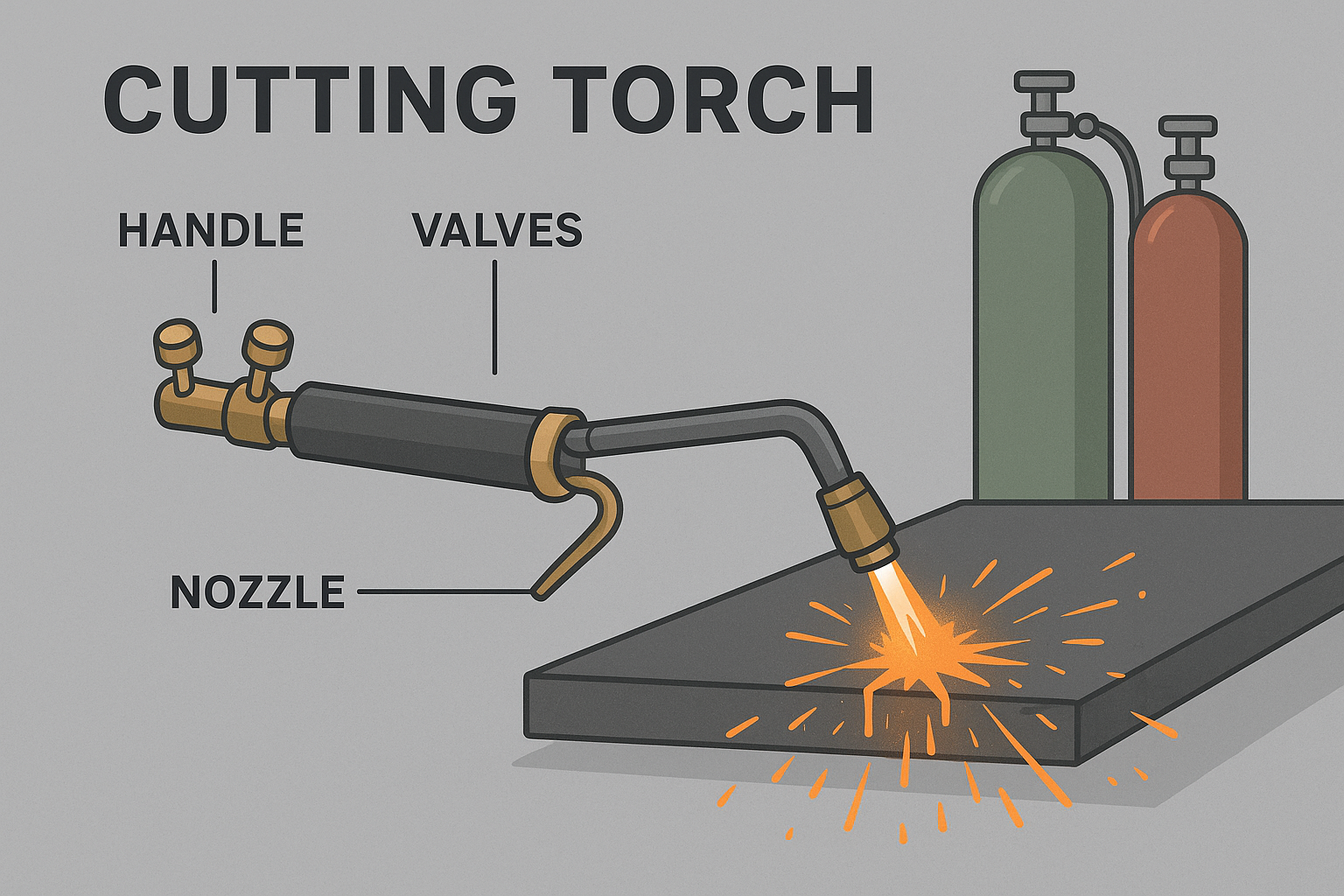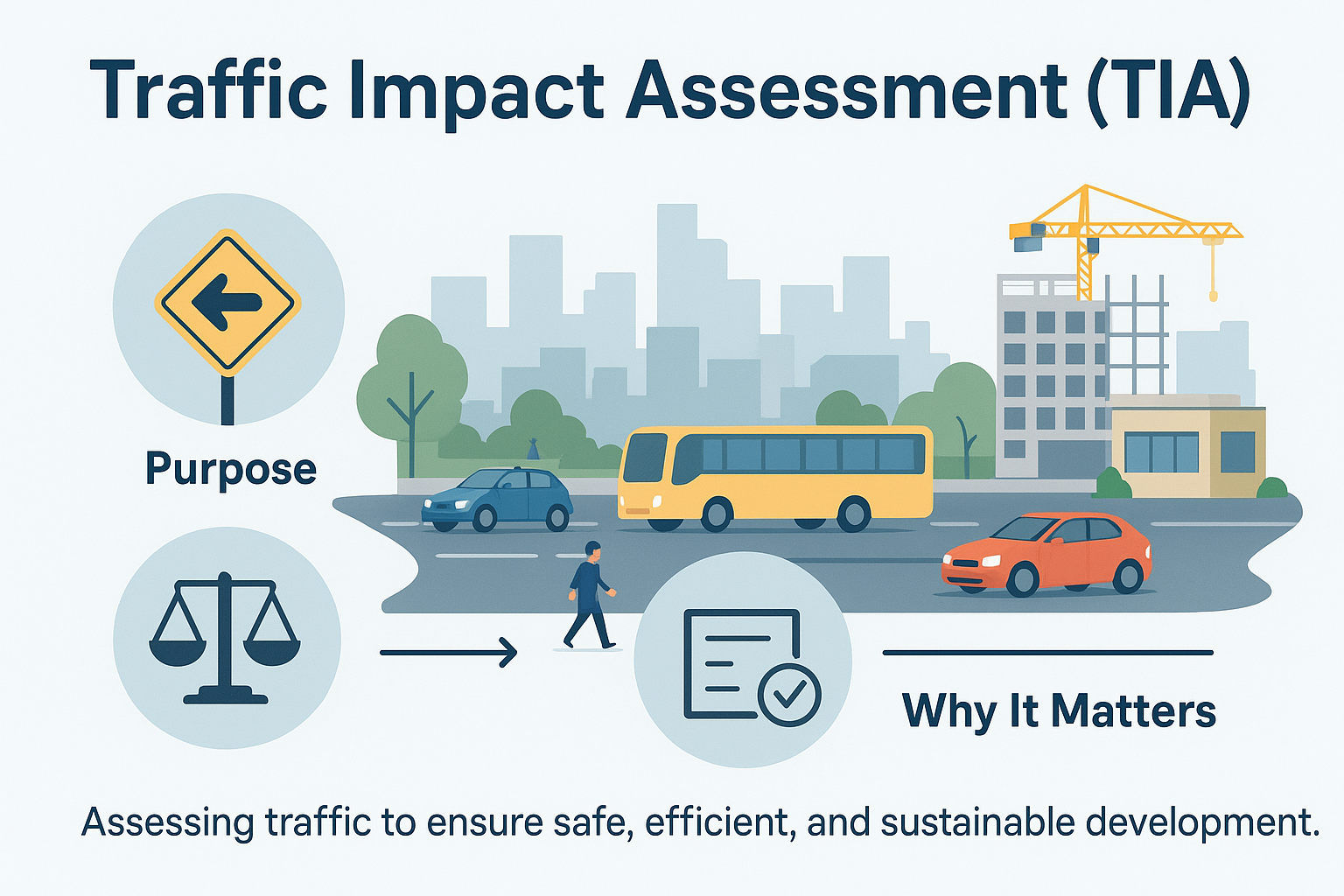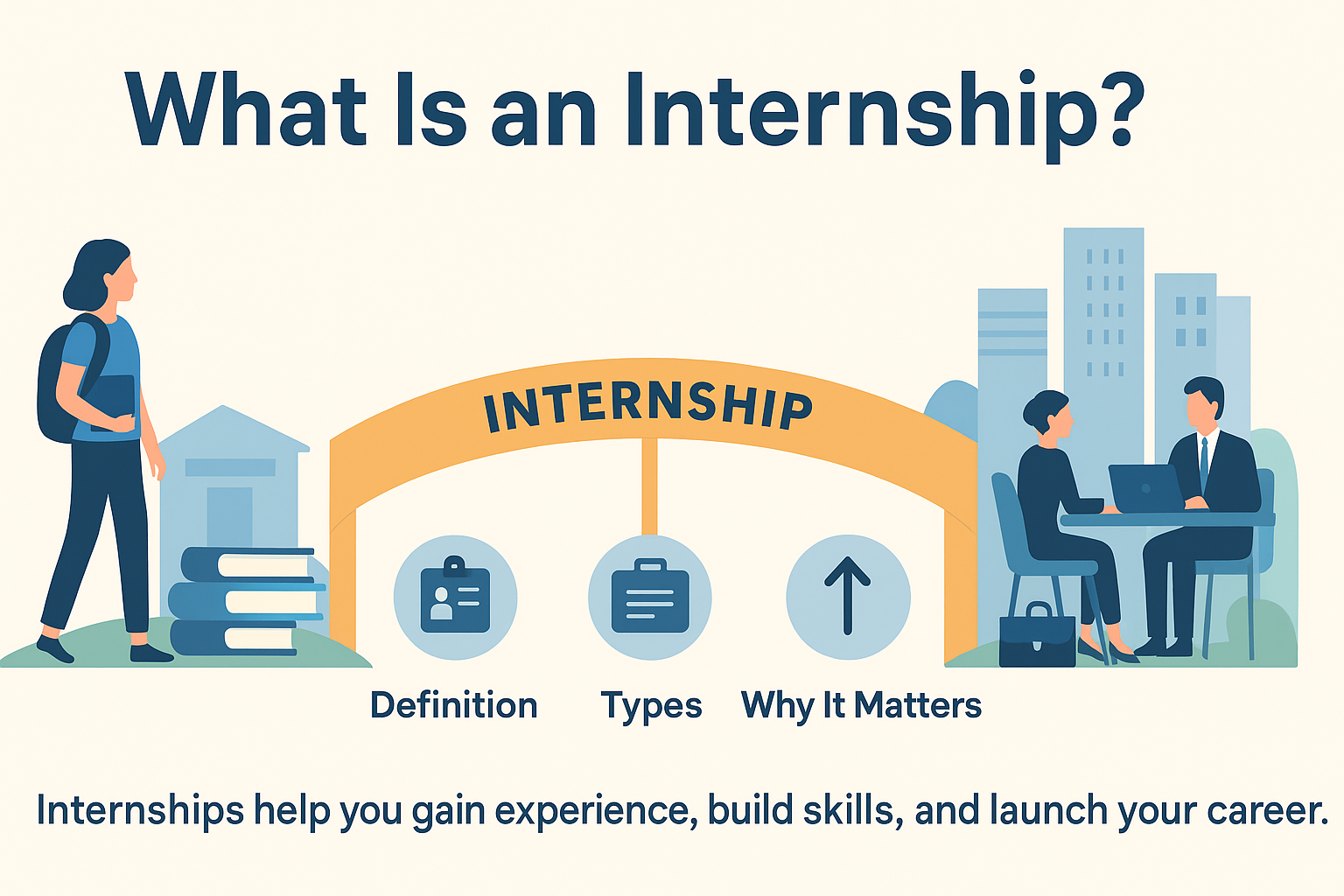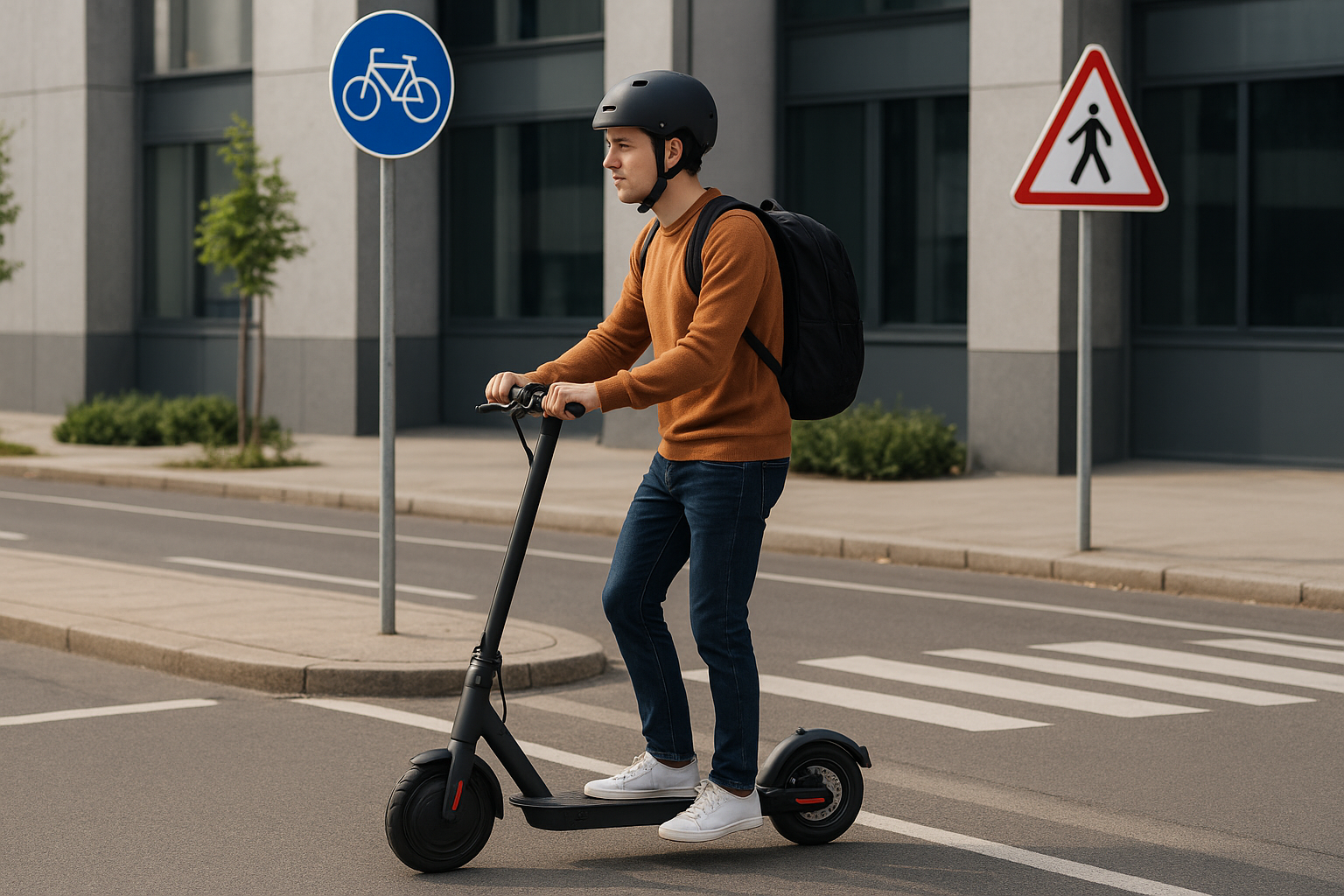When new buildings, shopping centers, schools, or residential complexes rise in cities, they don’t just bring more people — they also bring more cars, buses, and traffic challenges. That’s where a Traffic Impact Assessment (TIA) comes in.
If you’ve ever wondered “what is traffic impact assessment, and why is it so important for urban development?”, this guide breaks down its meaning, process, and impact on the future of our cities.
What Is Traffic Impact Assessment?
A Traffic Impact Assessment (TIA) is a structured study that evaluates how a new development project will affect existing roads, intersections, and transportation networks.
It’s essentially a forecasting tool used by:
- Urban planners to design sustainable communities.
- Local governments to regulate development.
- Developers to meet compliance and avoid future traffic bottlenecks.
In short, a TIA ensures that a project not only fits the land but also fits the road capacity around it.
Why Is Traffic Impact Assessment Important?
Think of it this way: if a large shopping mall opens without traffic planning, nearby roads could become gridlocked within months. TIAs help prevent exactly that.
Key reasons it matters:
- Prevents congestion before it starts.
- Improves road safety by addressing intersections and pedestrian crossings.
- Supports public transport integration by assessing bus routes and transit stops.
- Guides infrastructure investment by identifying where road widening, signals, or alternate routes are needed.
In a world where urban populations are soaring, TIA plays a central role in balancing growth with mobility.
Key Components of a Traffic Impact Assessment
A TIA isn’t just about counting cars — it’s a detailed, multi-layered study. Some of the main components include:
- Existing Traffic Conditions – Current traffic volumes, road capacity, and intersection performance.
- Projected Traffic Generation – Estimating how many new trips the project will create during peak hours.
- Capacity Analysis – Checking if existing roads and intersections can handle the extra load.
- Parking and Loading – Assessing on-site parking, deliveries, and ride-share drop-off zones.
- Pedestrian & Bicycle Facilities – Ensuring safe pathways and crossings.
- Environmental Considerations – Noise, air quality, and impact on nearby residential zones.
The Process of Conducting a Traffic Impact Assessment
A standard TIA usually follows these steps:
- Baseline Data Collection – Gathering traffic counts, road widths, intersection timing, and accident data.
- Trip Generation Forecasting – Using models to predict how many additional vehicle trips a development will generate.
- Traffic Assignment – Mapping where these trips will go and how they’ll use existing networks.
- Capacity & Safety Analysis – Evaluating intersections, congestion points, and potential safety risks.
- Mitigation Strategies – Recommending solutions like:
- Signal timing adjustments
- Road widening or new lanes
- Roundabouts or bypass roads
- Encouraging public transport or cycling infrastructure
- Reporting & Review – Submitting findings to city councils or transport authorities for approval.
Who Requires a Traffic Impact Assessment?
Not every project needs a TIA, but many large-scale developments do. Some examples:
- Residential developments (new housing societies or high-rise apartments)
- Commercial projects (shopping malls, office complexes, mixed-use developments)
- Public facilities (schools, universities, hospitals, stadiums)
- Industrial zones (factories, warehouses, logistic hubs)
- Event venues (concert halls, convention centers)
Essentially, any project that significantly increases traffic in an area is likely to require one.
Benefits of Traffic Impact Assessments
Conducting a TIA isn’t just about compliance — it brings measurable long-term benefits:
- Prevents traffic chaos by planning ahead.
- Improves road safety for drivers, cyclists, and pedestrians.
- Saves public money by identifying cost-effective solutions early.
- Encourages community acceptance since locals see traffic impacts being addressed.
- Supports sustainability by promoting balanced use of private cars and public transport.
Challenges in Traffic Impact Assessments
Despite their value, TIAs aren’t without hurdles:
- Unpredictable growth – Cities grow faster than forecasts.
- Data limitations – Outdated or incomplete traffic counts can skew results.
- Stakeholder conflicts – Developers want approvals, while communities may resist growth.
- Changing mobility trends – The rise of e-bikes, scooters, and ride-hailing apps can shift projections unexpectedly.
This is why TIAs must be regularly updated and flexible enough to adapt to new realities.
Real-World Example
Imagine a new university campus opening on the outskirts of a city:
- Without a TIA: students and staff pour in by cars, local roads jam instantly, accidents rise, and nearby residents complain.
- With a TIA: bus routes are extended, bicycle lanes are added, and signal timing is optimized — traffic remains smooth, and the development is accepted by the community.
This example shows how TIAs can transform potential gridlock into sustainable mobility.
Conclusion
So, what is traffic impact assessment? It’s more than a technical study — it’s a safeguard for our cities’ future. By predicting how new developments will affect road networks, TIAs help create safer, smarter, and more sustainable urban spaces.
As urban growth accelerates, traffic planning will continue to be one of the most critical steps in ensuring livable, efficient cities where development and mobility go hand in hand.






